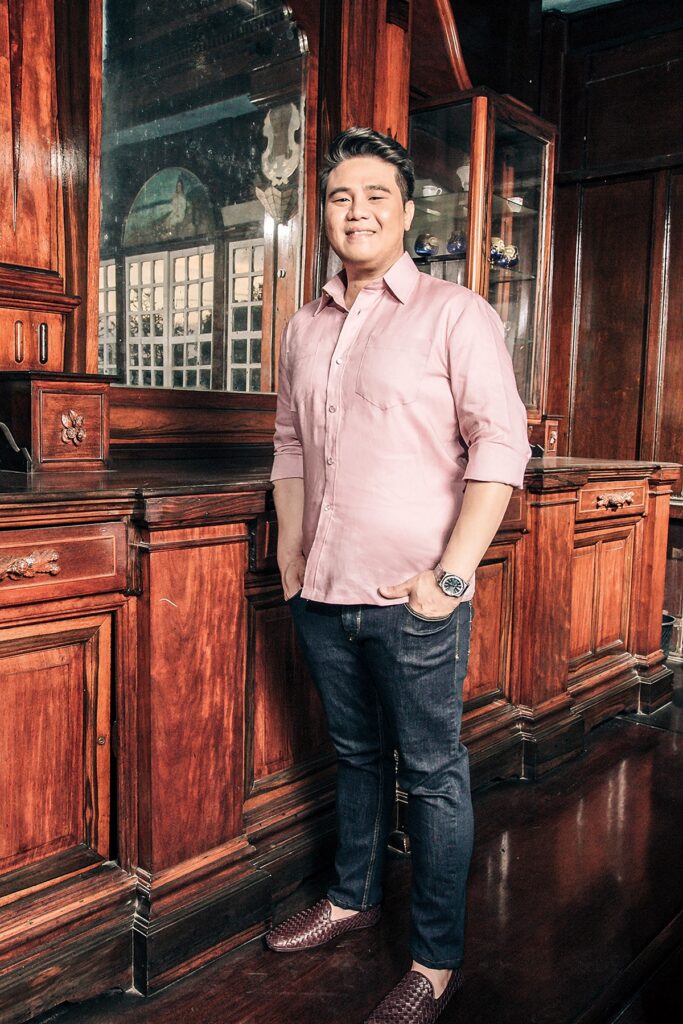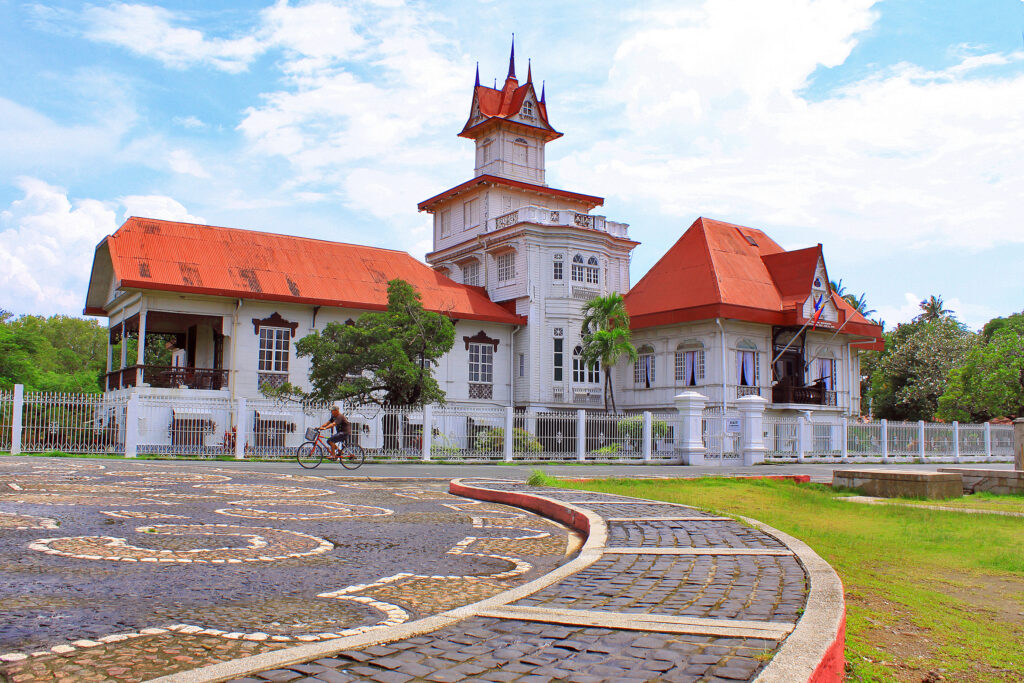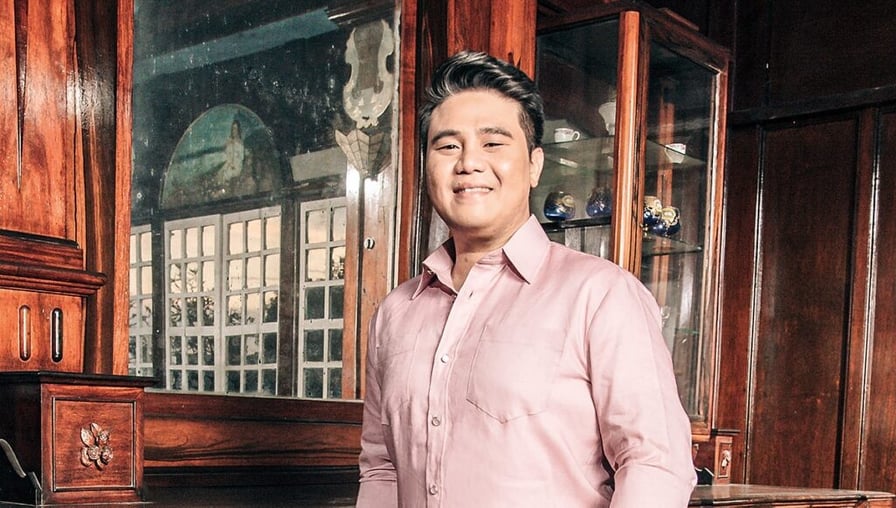By Bum D. Tenorio Jr.
Mention Kawit, Cavite and the image of Emilio Aguinaldo, the first president of the Philippines, comes to mind. It was in his house, which is now converted into the Aguinaldo Shrine, that the Philippine flag was first raised on June 12, 1898 in declaration of Philippine Independence. Still, there’s more to this municipality than its rich history – and they’re all yours for the taking.

The legacies of Aguinaldo are the bequests his descendants reap—and make flourish of. Ask Angelo Emilio Aguinaldo, Mayor of Kawit and great grandchild of the president, and he will tell you that his family history inspired him to be in public service. He entered politics 100 years after the declaration of Philippine Independence.
“I have been in public service since 1998 when my late father became vice mayor of Kawit. I was still in college but as a son of the vice mayor, I had to do my share in entertaining our constituents and had to help in facilitating their requests. However, officially, I only became executive assistant to the mayor in 2007 until 2013. From there, I was elected municipal councilor in 2013 and mayor in 2016 and now serving my second term as mayor,” he says.
Being a dyed-in-the-wool Kawiteño, Angelo knows the municipality by heart. His eyes glisten when he talks about Kawit as one of the country’s most historical sites, ergo, a destination site for those who have a hankering for excursions providing historical merits.
“Any tourist destination is always helped by the stories told about it—experiences by other tourists who already had the opportunity to visit a particular place, and, of course, the rich and interesting historical background and importance of the destination. I believe that Kawit has an advertising edge as given by both historical books and multimedia because June 12 will always be a part of the Filipino consciousness,” he says.
Angelo adds: “Just recently we launched our tourism campaign “TaraSaKawit.” I would like more people to come and revisit our history. With the opening of new highways Cavitex and Calax, our little town is more accessible already. We would like to enjoin our youth to come and bask in our heritage of freedom and courage.”

Aside from the Aguinaldo Shrine, whose tower is a must-see, other tourism destinations in Kawit include Liwasang Aguinaldo, Baldomero Aguinaldo Shrine and the St. Mary Magdalene Church.
The 400-year-old baroque St. Mary Magdalene Church is where President Emilio Aguinaldo was baptized. The Baldomero Aguinaldo Shrine is the house of Baldomero, the president of the Magdalo faction and the first cousin of Emilio.
Tourism tabs in Kawit are also on a steady rise. From 2015 to 2017, the municipality received 300,000 visitors. In 2018, a total of 766,132 people experienced the historical grandeur that Kawit’s tourist spots offer. Angelo and the town council hope to break into 1 million visitors before 2019 ends.
“In this age of multimedia, it is important to get the community involved in whatever vision the government has. That is why in Kawit, we are really working on raising the awareness of Kawiteños on what we have, like the Heritage sites, the dying industry of blacksmiths, the tradition and the culture,” says Angelo.
“We now have a heritage tour, lectures and cultural and arts activities for our public schools students. By making our people aware of what we have, they can help us market Kawit to the world through the Internet.”
Aside from the #“TaraSakawit” Campaign, Angelo also trumpets on the recently launched Palarong Kawit. “Unlike many sports fests we have had, our youth play traditional Filipino games like tumbang preso, luksong baka, piko and the like in this one. I would really like our Kawiteños to remember and give value to our heritage.”
Angelo is so proud that he was born and raised in Kawit, that he ultimately became its poster boy. He’s coy about it. He perspires profusely by just the thought of it. But who else can sell the town better than its mayor?
“I would say that Kawit stands out because we value our freedom and it was here in our municipality that we officially claimed our independence. No other event in our history could diminish the importance of Kawit for the Filipinos.
“In Kawit, you can tour around President Emilio Aguinaldo’s mansion, or have the solemn moments at the St. Mary Magdalene Church, or, if you wish, have a knife or bolo made by the panday or blacksmiths in the town.”
Kawit will soon have whole-year-round DIY puto bumbong and bibingka for its visitors. Now, the town is famous for its Aling Baby’s bibingka cassava and Hidden Tapsi’s tapa and other dishes.
What are Angelo’s visions for Kawit?
“My short-term goal is to make Kawit as developed as other destinations in the Philippines during my term. My long-term vision is to make the people of Kawit remember who we are and what our ancestors have done for our country. I know that if we could make every Kawiteño realize his or her place in history, then we could make them work in preserving our heritage,” Angelo ends.





